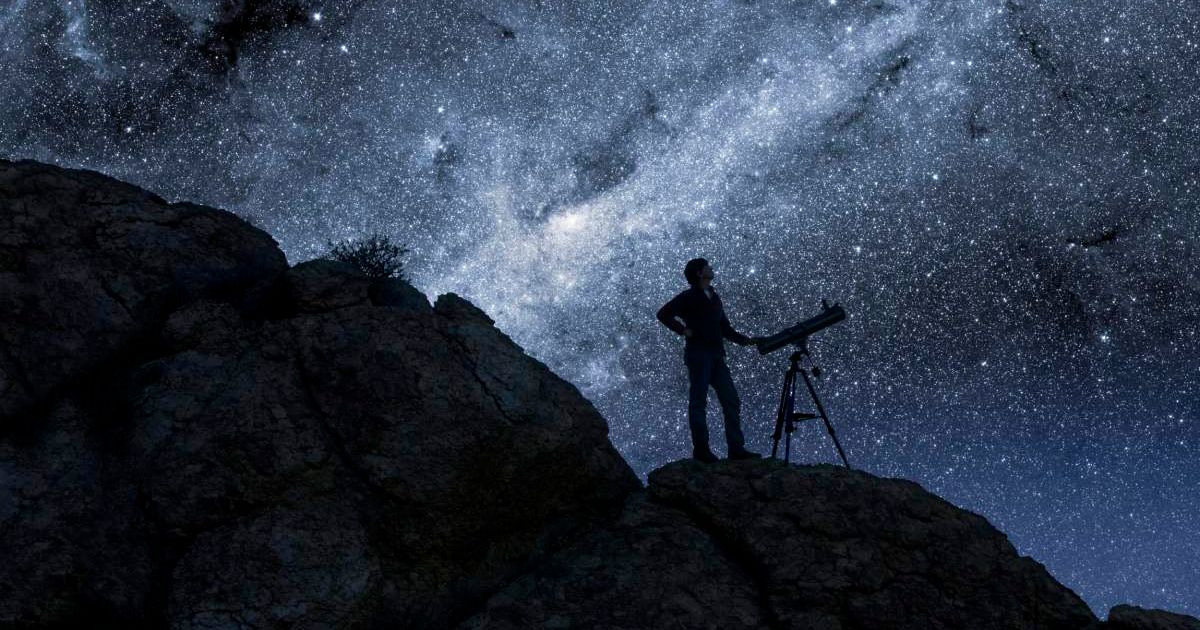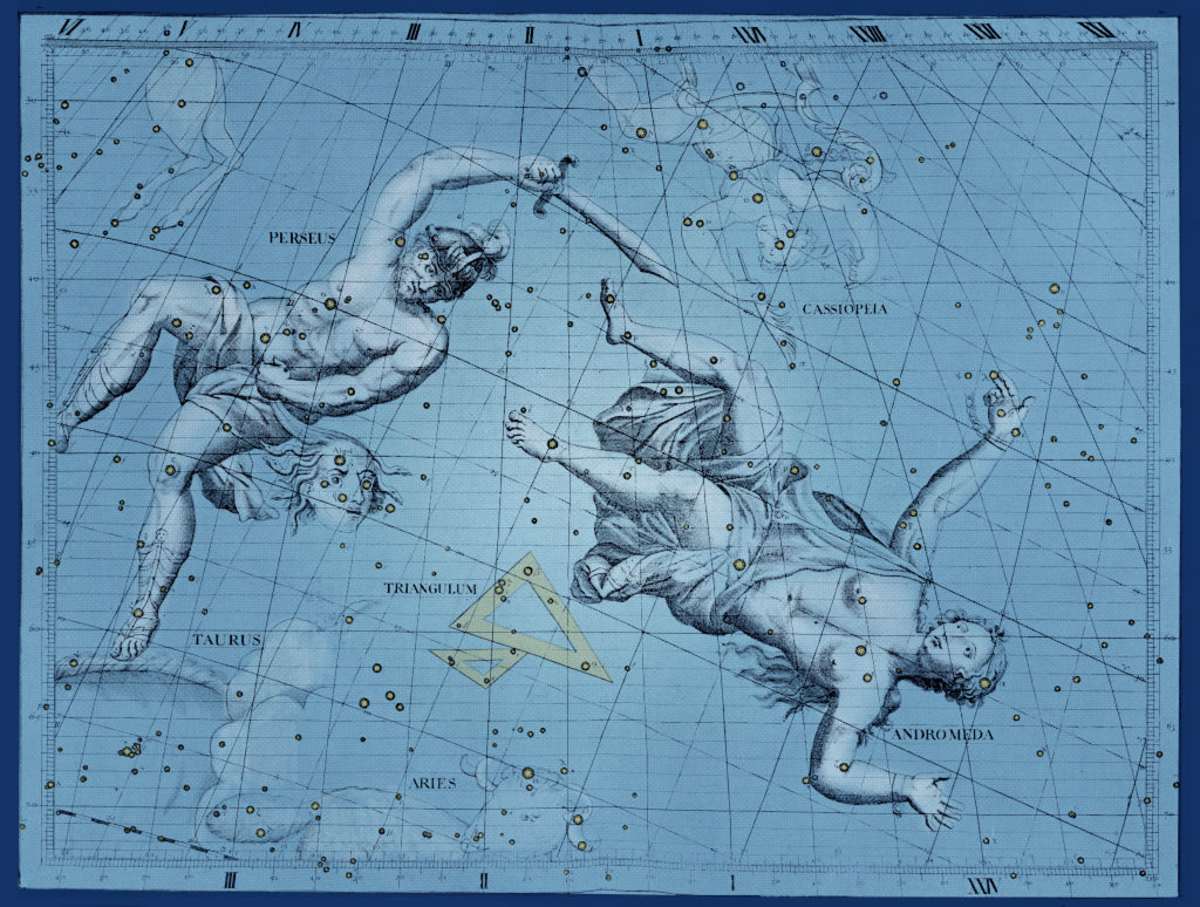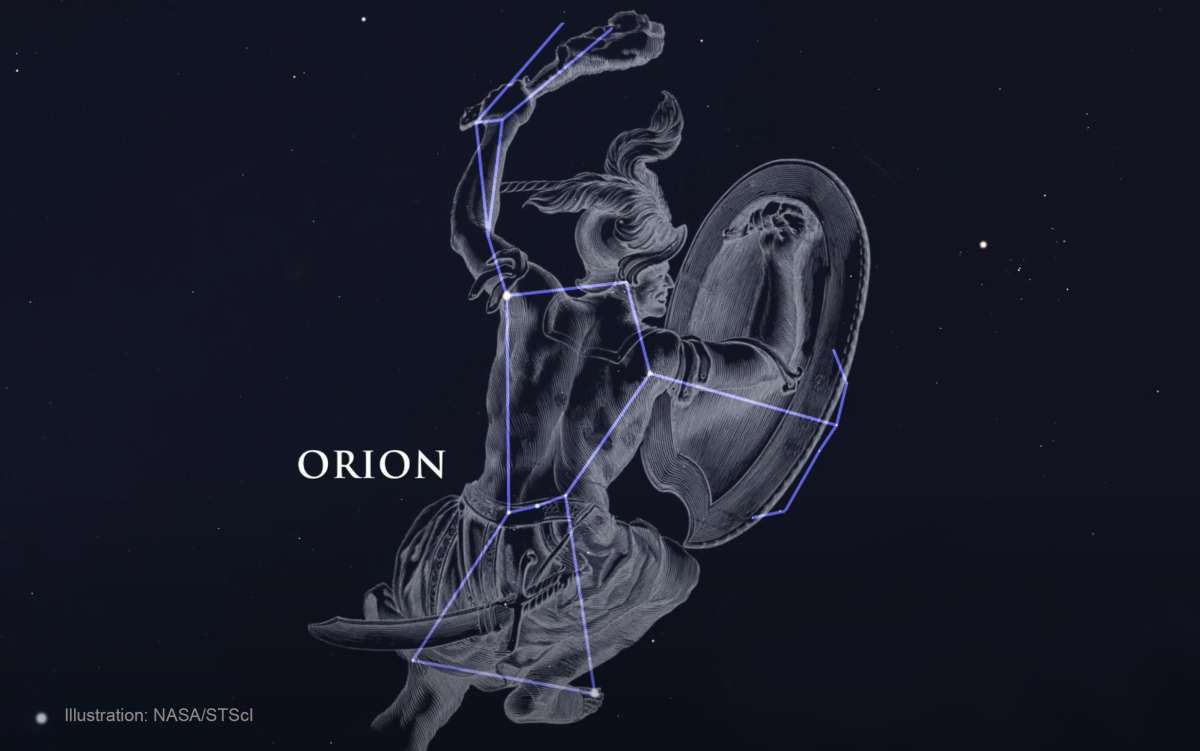See the Andromeda Galaxy and Perseus Double Cluster with the naked eye on November 26—here's how

Stargazers are in luck this Wednesday, November 26, as two major cosmic sights will be visible to the unaided eye. The Andromeda Galaxy, M31, and the Perseus Double Cluster will be sufficiently bright to see without a telescope, provided you have reasonably dark skies, according to Sky & Telescope.

Both celestial objects share a similar brightness, ranked as 4th magnitude, and will be positioned high in the eastern sky early in the evening on November 26. The Andromeda Galaxy will appear off to the right-hand side of Cassiopeia, while the Double Cluster will be closer, just below it. Although both are visible to the naked eye, binoculars will greatly enhance the view. The two objects are approximately 22 degrees apart and will appear markedly different from each other, especially under darker skies.

For those new to the hobby, navigating your way around the night sky is the essential first step in trying to find these faint targets. According to the Mid-Kent Astronomical Society, learn the main constellations first. Pay particular attention to more recognizable constellations like Orion, Cygnus, Taurus, etc., depending on the time of the year you are in. Refer to the monthly star charts that appear in astronomy magazines, or buy a planisphere that shows which constellations are visible on any date. Free computer software, such as Stellarium, can also help you pinpoint objects.

The brightest Deep Sky Objects (DSOs) can be observed with the naked eye or through binoculars, but most deep-space targets require a telescope to be viewed in all their glory. To observe faint DSOs well, the aperture of the telescope (its lens or mirror diameter) is the most important consideration, because a larger opening will admit more light. For dedicated observers, this typically translates to a large reflector telescope.

Even the brightest DSOs are sensitive to light interference. So you must plan your viewing, keeping the sources of light pollution in mind. For optimal DSO viewing, try to observe when the moon is dim or not visible for most of the night, that is, in the period between its third quarter and first quarter phases. When the Moon is bright, it is a perfect time to focus your attention on observing the Moon itself or any visible planets. Viewing faint cosmic objects is more than just a matter of getting the right equipment; it requires preparation of the human eye itself.

Experts emphasise dark adaptation, a natural process by which your eyes become far more sensitive to low light levels. This adaptation is brought about by a two-part process: the opening of the pupil, allowing more light to enter the eye, and a vital chemical change in the retina that increases its sensitivity. It takes a long time, usually 20 minutes or more, for this process to be fully realised. For this reason, astronomers suggest going outside at least 30 minutes in advance of the time you plan to start searching for deep sky objects.
More on Starlust
November 2025 skywatching guide: This year's biggest supermoon, Leonids fireballs and more









